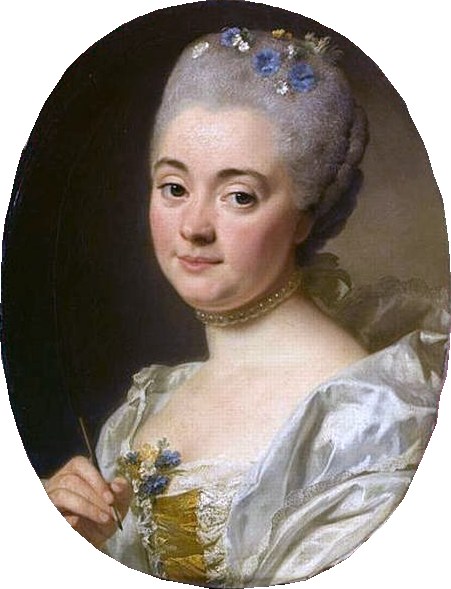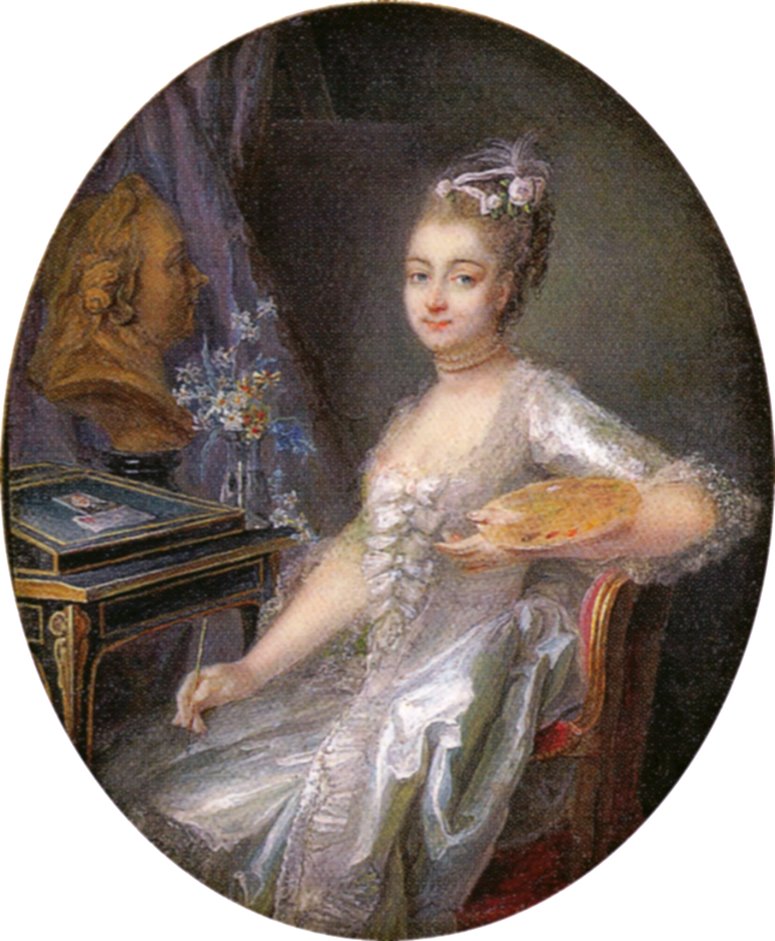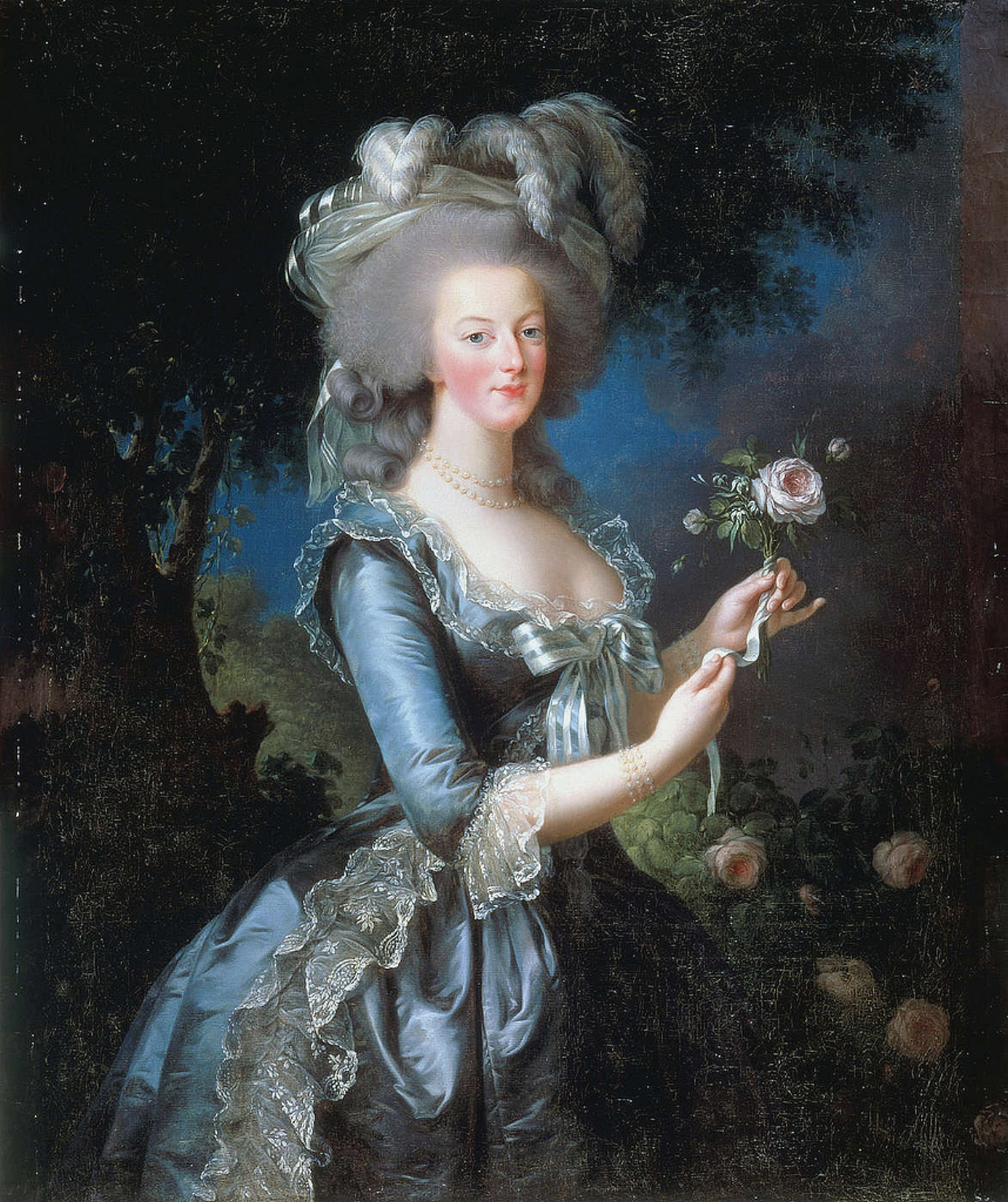 |
| The Burning of Adelaide Labille-Guiard's Masterpiece, 2015, Oil on Linen, 70x15 in, Gabriela Gonzalez Dellosso |
Adelaide Labille-Guiard (1749-1803) was a prominent painter in France during the tumultuous times of the French Revolution. She was inducted into the premiere art establishment of the era, The French Royal Academy of Painting and Sculpture in 1783, making her part of an exclusive group of 4 women who were allowed membership in a male dominated organization. Her famous “Self Portrait with Two Pupils” hangs in the Metropolitan Museum of Art. In this painting she depicts herself as a teacher, which was an important calling in her life. She was a role model and champion for promoting women artists
 |
| Adelaide Labille-Guiard, Self Portrait with Two Pupils, Madamoiselle Marie-Gabrielle Capet and Madamoiselle Carreaux de Rosemond, 1785, Oil on Canvas , 83 x 59 1/2 in, Metropolitan Museum of Art |
Her remarkable career shows, how she evolved from miniaturist painter, to portraitist of nobility, to then attempting multiple figure painting, in the grand historical styles of Jacques-Louis David and Neoclassical painter Francois-Andre Vincent.
The
age of French Revolution was replete with tragedy and the art of the age reflected
that, one of the most famous examples being Jacques-Louis David’s “The Death of
Marat”. “The Burning of Adelaide Labille-Guiard’s Masterpiece” is a scene
depicting a tragic event in Adelaide’s life, the destruction, by
Revolutionaries, of her painting “Reception of a Chevalier de Saint Lazare by
Monsieur Grand Master of the Order”.
largest and most impressive paintings, depicting a future king, ever painted by a historical female artist. You can identify Adelaide Labille-Guiard in the light blue dress. She is being held up in the arms of her pupil and lifelong friend, Marie-Gabrielle Capet in the olive-brown dress, (the same clothing that they were depicted in by Adelaide Labille-Guiard in her famous painting "Self-Portrait with Two Pupils").
largest and most impressive paintings, depicting a future king, ever painted by a historical female artist. You can identify Adelaide Labille-Guiard in the light blue dress. She is being held up in the arms of her pupil and lifelong friend, Marie-Gabrielle Capet in the olive-brown dress, (the same clothing that they were depicted in by Adelaide Labille-Guiard in her famous painting "Self-Portrait with Two Pupils").








,_1881.jpg)


















